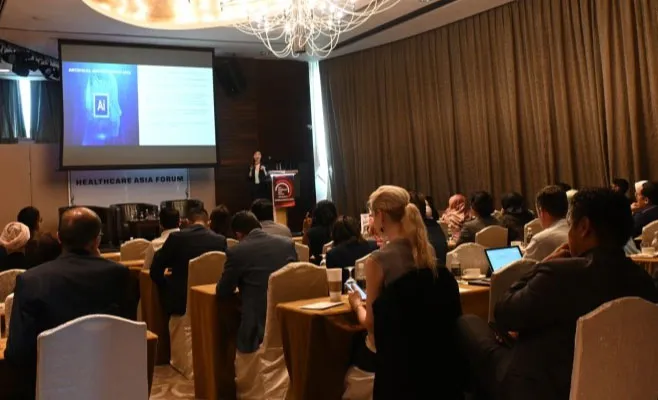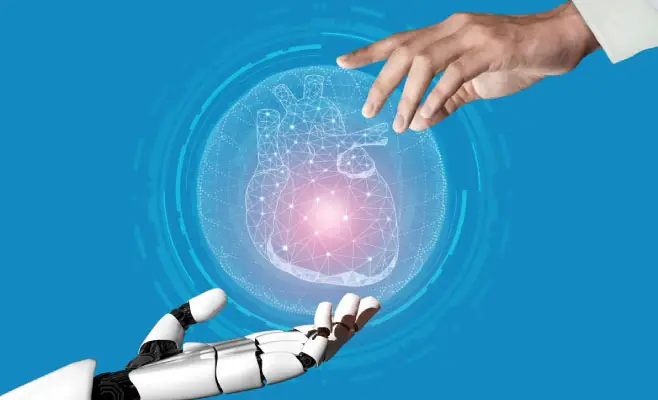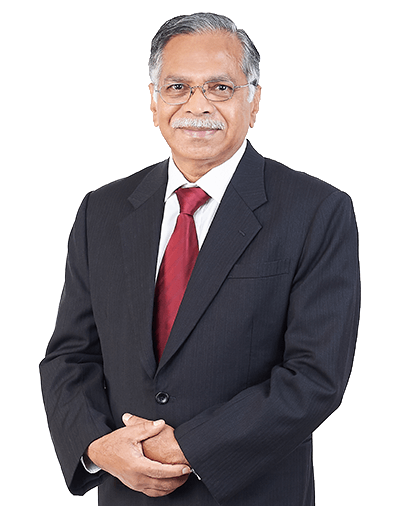
The fifth generation of cellular wireless technology (5G) will revolutionize healthcare with its high speed and massive connection power.
It will empower medical innovations via Artificial Intelligence (AI), Augmented Reality (AR), Virtual Reality (VR), and robotics and allow remote medical learning, remote surgery, improved patient care and monitoring. It will enhance and accelerate the growth of diagnosis and therapy exponentially.
Future robots will be the medical equivalent of the modern-day smartphone with 5G services. Several companies now have joint ventures to bring about advancements in robotics. Google has vast experience in AI app services and cloud computing and is constantly innovating. The joint venture with J & J. Ethicon surgical, dubbed ‘the verb surgical digital surgery program’ will include advancements in robotics, visualization, instrumentation, data analytics, machine learning and connectivity to enable greater efficiency and improved outcome across a wide range of surgical procedures. Da Vinci and Medtronic are venturing into similar research with information derived from the cloud or their server to provide natural guidance into the operating theatre.

AR involves adding a digital overlay to live view via smart glasses. VR is a complete digital immersion - the user wears a pair of glasses that restrict the vision of reality around the wearer. Using AI, clinical data is now superimposed directly on the patient. CT and MRI scans are displayed on the body and move along with the patient giving a full view of the internal anatomy.
This facilitates surgical planning, reduces risks, and enables better-informed decisions and appropriate treatment. AR-guided Robotic Assisted Radical Prostatectomy (RARP) correctly identified capsular involvement in 100% of cases compared to 47% in those without AR guides in Propiglia series. AR provided advanced visualization, allowing simultaneous visualization of 3D content within the real environment. These assisted in nerve sparing and avoided excising healthy tissue.
AR & VR is applied in spine, brain, orthopaedic surgery, and dental surgery. Professor Timothy Witham neurosurgeon at Johns Hopkins School of medicine in July 2020 performed the first spinal fusion using AR. He could see CT-generated images over real-world surroundings using high-tech glasses – similar to X-ray vision.Future Robots with AI will provide AR and VR and will assist surgeons in avoiding vital structures, as a virtual overlay inside the operating field on a patient would indicate their location.
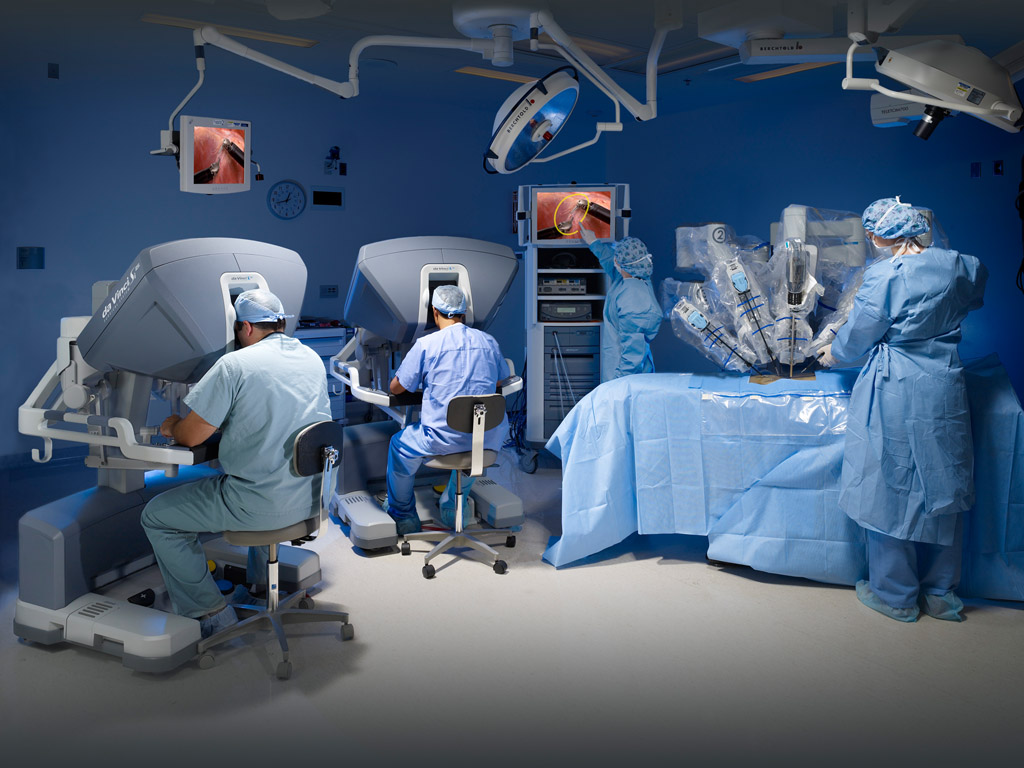
Advanced AI will provide real-time warning, guidance and advice during procedures. Advice is derived from machine learning algorithms from thousands of previous cases and stored in the cloud or in servers to be retrieved when necessary.
It may suggest specific tools and successful alternatives. Private companies linked to protected internet that hold libraries of prior case information along with guidance from world-renowned surgeons will deliver instant advice. It will facilitate surgeons to view data, animations, videos, simulations and real-time interactions in a case.
AR & VR would include personalized imaging of their patient and allow surgeons to practice in advance, thus improving patient care with the best outcome and quality of life after surgery. Future advancements will emphasize robotic software and hardware and will be included in the next generation of tools to improve surgical skills and patient outcomes.

5G cellular wireless technology provides massive connection power with high speed and helps transform how health care is delivered. The low latency and high bandwidth provided by 5G will impact the internet of medical things (IOMT). 5G will support AI by connecting to smartphones, mobile APPS, cloud computing, devices, sensors, and systems that will be used to power big data analysis. It will bring innovations into AR & VR and haptics. Without any time, lag and with high-definition images provided by 5G; Telesurgery, Telemedicine and remote medical learning are possible.
Using AI, AR & VR surgical platforms can utilize haptics and physical feedback to improve the tactile experience for surgeons. Haptic feedback in remote surgery can increase the efficiency when detecting cancer nodules by allowing palpation. The robotics community is working on the inclusion of sensors that will increase the efficiency of medical palpation. Split-second decisions are vital for patient safety. Better communication, faster diagnostics, and transferring massive files and images are important for data analysis and remote monitoring. All this is made possible with 5G, as it provides low latency of 1ms connectivity, multi-GPS peak rates, spectrums efficiency, hundred times traffic capacity and network efficiency.
For telesurgery, the kinaesthetic device should work in closed control loops. The two ends should operate in sync with each other, resulting in the end-to-end round-trip time lower than 10ms latency. For a surgeon working in a remote location, 5G with 1ms latency and haptics feedback will ensure availability with minimal connection downtime, reliability with minimal packet loss and security to avoid life-threatening consequences. Private 5G networks owned and operated by private parties benefit from improved security, latency, and bandwidth. With edge computing, the images can be rendered closer to the end user, further enhancing the case.
Using AI, VR and AR, surgical training platforms can utilize haptics and physical feedback to improve the tactile experience for surgeons. For this, the 5G network with improved bandwidth and notable lower latency is essential. To properly perform surgery, high-quality well-maintained equipment is required. Future optimization of visual display, almost zero latency time and haptics feedback technology may be the answer, ultimately minimizing the cost of surgery.
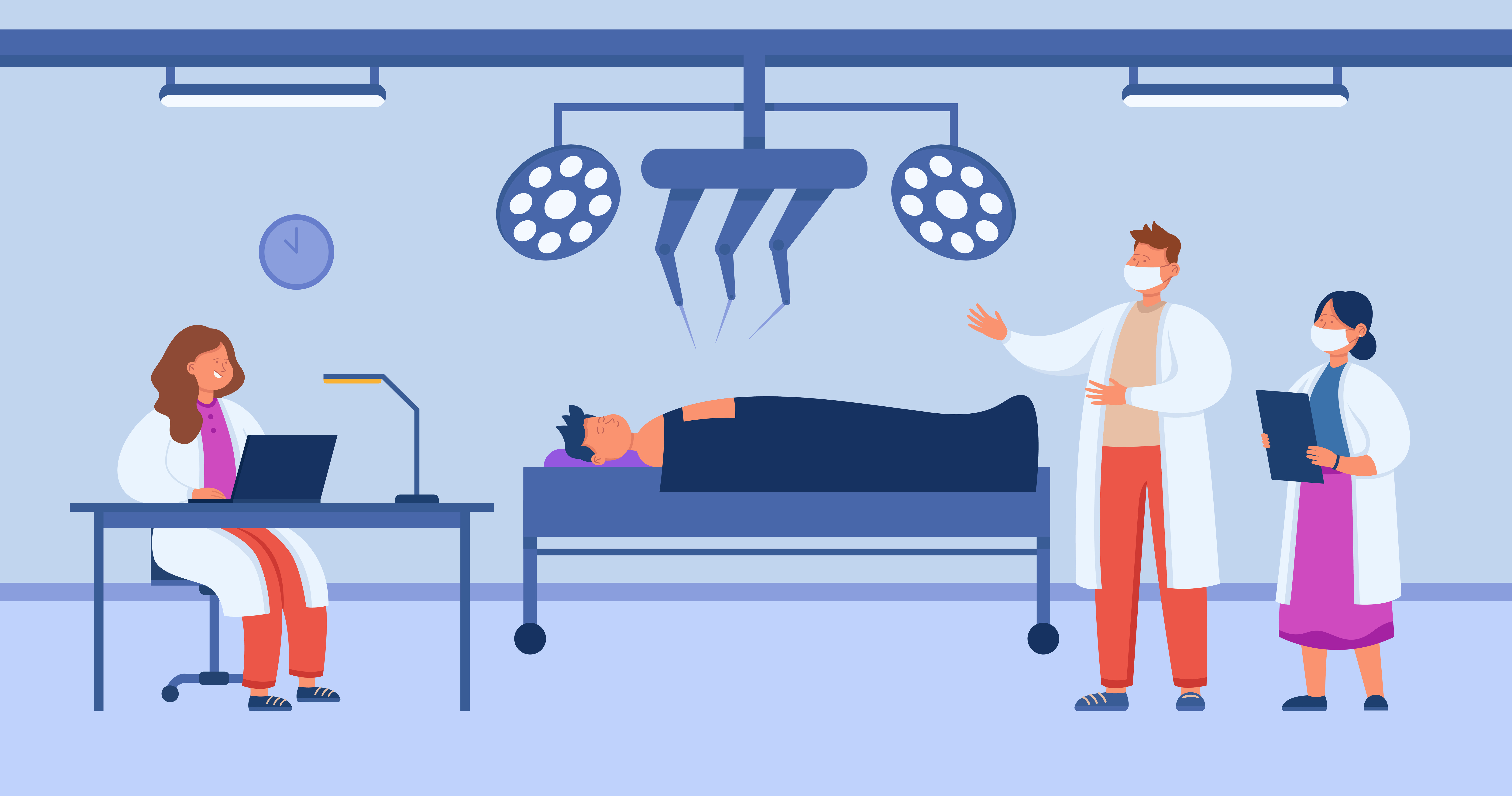
The limitations:
There is a need for global developments and the acquisition and maintenance of equipment. There is a lack of proper infrastructure worldwide, and there may be an infringement of patient privacy and security. A proposed approach is to integrate emerging technologies such as IoT wireless sensor network, 5G network, scalable high-efficiency video loading (SHVC) and tactile robotic and haptic feedback.
Will a robot perform a major surgery?
People generally expect robotic technology to be perfect. However, it is our duty to explain to them where to use the technology and where to stick to conventional methods. Decision-making still rests with the surgeon.
Advanced technology using 5G, 3-D printing, and AI is an unstoppable trend. This combined with the surgical robot gives a huge technical advance that will enable us to share our skills, reduce morbidity and offer the best outcome to our patients. Cognitive survey AI algorithms monitor and can provide some navigation. In the future, we can get decision support for the most critical parts of the procedure.
Additionally, some hospitals will connect directly to orbiting satellites rather than traditional routes in the future. It is imperative that a satellite connection with a network bypasses traditional internet suppliers and relies on direct access alternative. Data integrity is paramount and cannot be altered. This may address the concerns about cyber security.
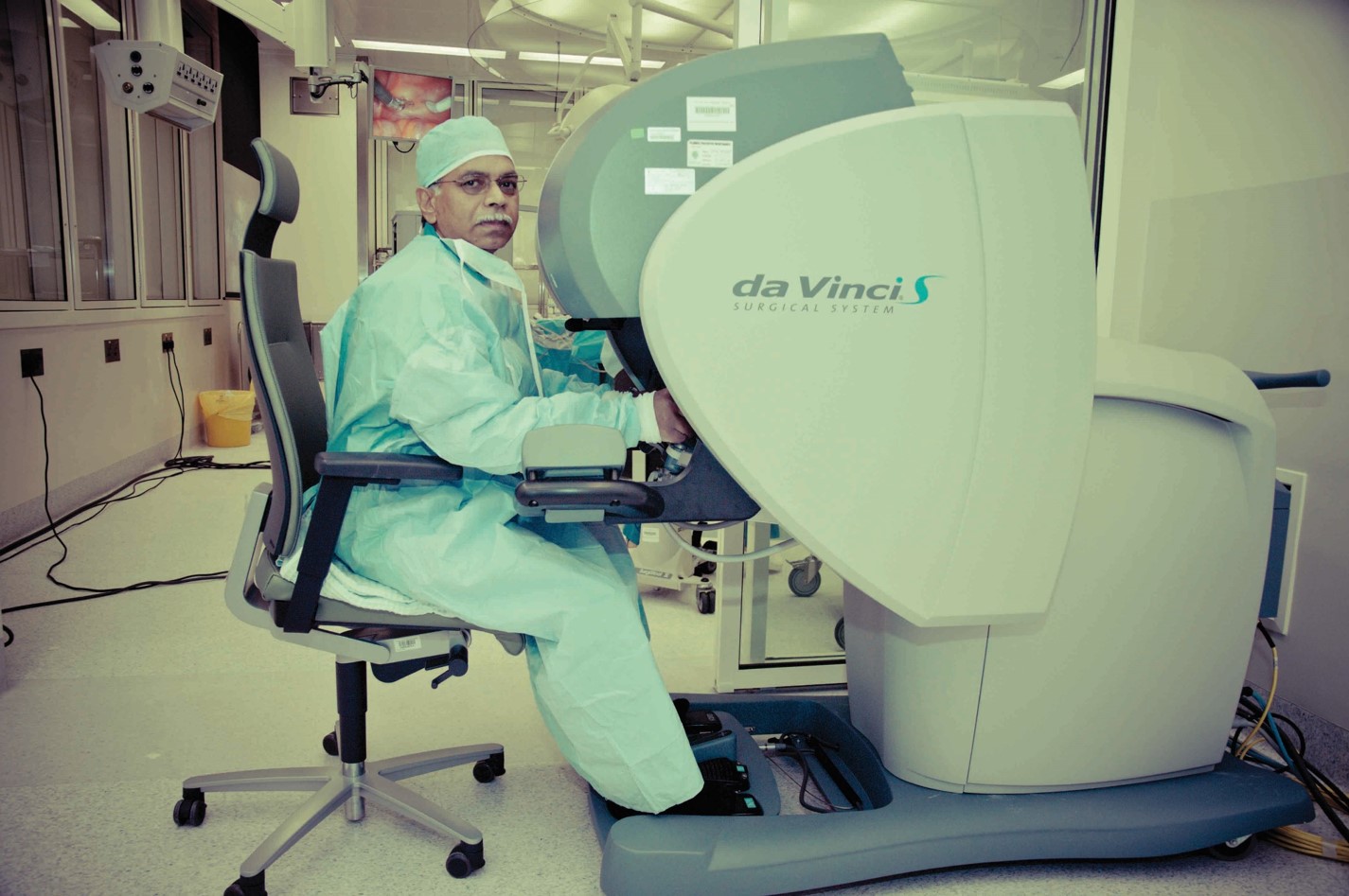
Written by
Dato’ Dr. Sahabudin Raja Mohamed
Consultant Urologist
Gleneagles Hospital Kuala Lumpur

